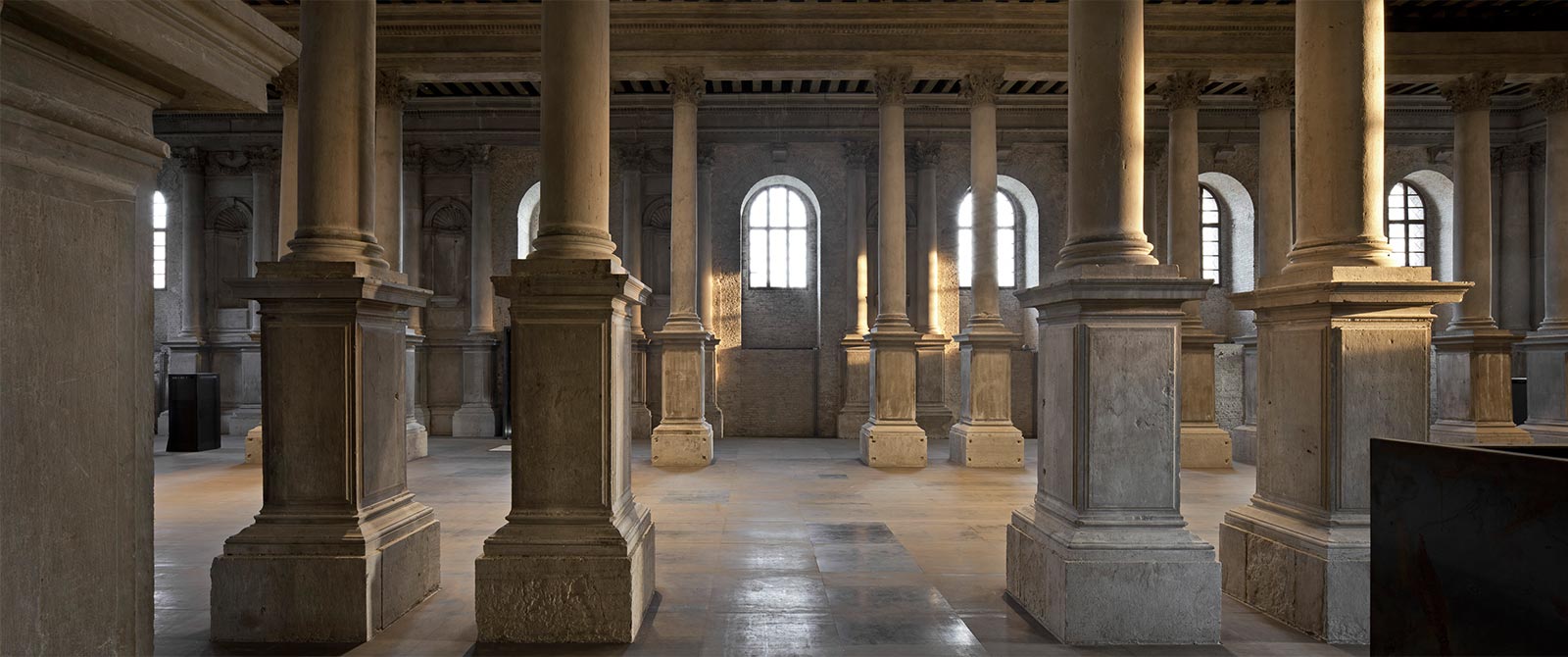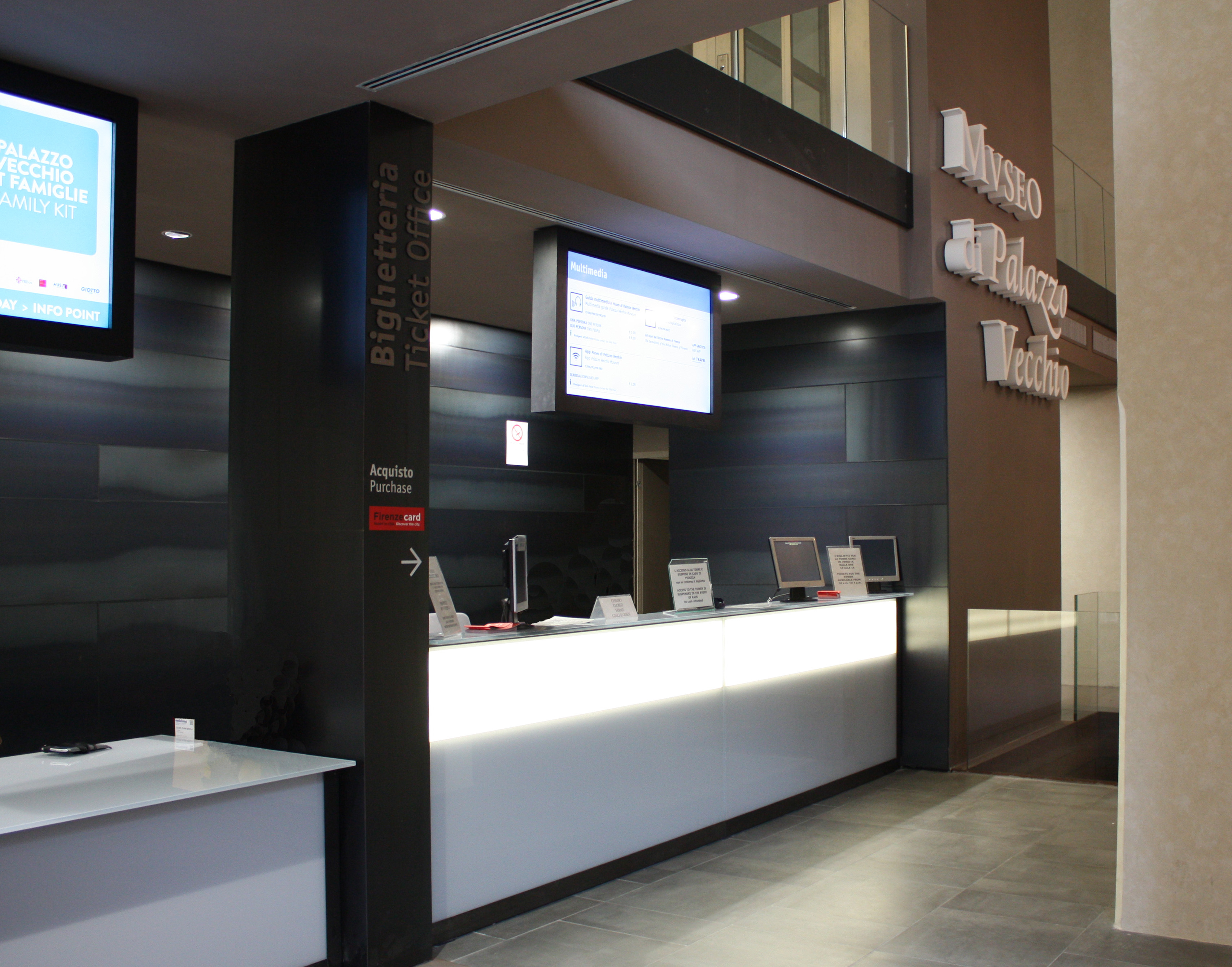Historic Places Revisited by Planium
One of the aspects of Planium that most tangibly fits into the growth and valorization of the Italian territory in recent years has been that concerning the numerous historical projects in which it has been involved. The floors of various sites, churches and museums were replanned with metal textures laid with cutting-edge methods that succeeded in the difficult aim of combining the legacy of history with innovation, thus applying the technology in contexts of centuries-old dating, places tourism in which the image is predominant.
- The most recent saw the laying of Calamine to floor the Museo del Risorgimento in Brescia, located inside the Castle called "Falcone d'Italia" which in turn also houses the Weapons Museum. 6,000 m˛ of dark Calamine laid using the MG01 Magnetic Floor system, one of the fastest.

Certainly, as with other projects, Calamine is "hegemonic" for reevaluating historical sites, chosen by many architects. This material, which is created through hot rolling of steel, has a color ranging from middle blue to anthracite gray - therefore a dark base - and lighter, random and uncontrollable streaks in blue and magenta tones. This is why the contrast it manages to create with other interior elements is always very suggestive.
- Scuola Grande della Misericordia in Venice is one of Planium's most iconic projects, so much so that in some ways it could be considered a "manifesto": this scenography also has Calamine as its protagonist, which here covers the floor with the PL01 Invisibile system in a jewel of Venetian architecture, restored for the occasion under the direction of the Arch. Torsello;

- The Florentine projects, Palazzo della Signoria and Museo del Novecento, also with Calamine, however used in different ways. In the first case to cover the ticket office on the wall (installation method: AC02 Stick-on), in the second to floor and cover an area in which this metal chromatically combines very well with the multiplicity of colors of abstract art of the twentieth century (systems used: AC02 Stick-on and PL01 Invisible Floor);

- Agostini Museum: even if it is not strictly a historical site, it actually contains history: the suits, motorbikes and trophies of the greatest motorcyclist ever. Planium laid stainless cement on the floor, a type of “oxidized but stainless steel” that figuratively echoes, with its silver and gray tones, the workshops of the sixties and seventies (Installation system: MG01 Magnetic Floor);
- Sant'Andrea degli Scozzesi: although in the offer of the Eternal City this is not considered among the most famous churches, this place of worship in the Trevi district is a real gem, built starting from 1592 by Clement VIII, in full counter-reformism. Today, after several vicissitudes, it is deconsecrated and now houses a banking institution. The Planium project within this place consisted in the installation of MR01 Modulo Radiante, the raised floor with integrated hot/cold water system, and therefore testified to this contrast and union between future and past, history and innovation, with both functional and aesthetic integration of admirable harmony.